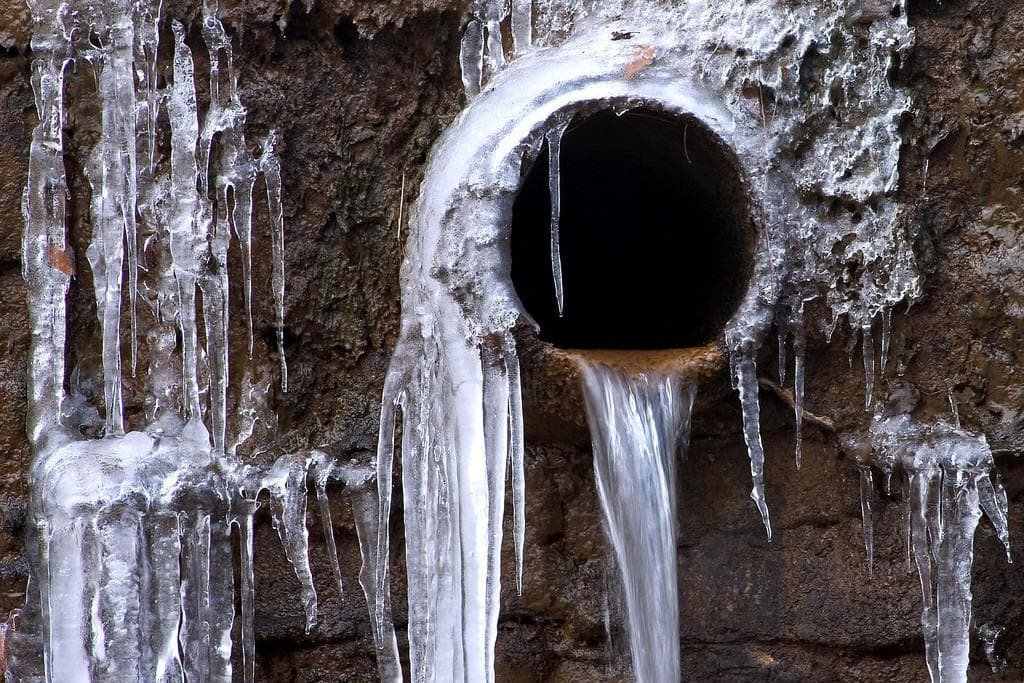Preventing Frozen Pipes in Winter: Expert Tips
Preventing Frozen Pipes in Winter: Expert Tips
Blog Article
Do you find yourself searching for critical info on Preventing and dealing with frozen pipes?

Cold weather can ruin your plumbing, specifically by freezing pipes. Right here's how to avoid it from taking place and what to do if it does.
Introduction
As temperatures decline, the danger of icy pipelines boosts, potentially resulting in pricey fixings and water damages. Recognizing how to prevent icy pipelines is essential for homeowners in chilly environments.
Prevention Tips
Protecting susceptible pipelines
Wrap pipelines in insulation sleeves or use warmth tape to secure them from freezing temperature levels. Concentrate on pipelines in unheated or exterior locations of the home.
Heating strategies
Keep indoor areas sufficiently warmed, specifically areas with plumbing. Open closet doors to enable warm air to flow around pipes under sinks.
Just how to determine icy pipes
Try to find lowered water flow from faucets, uncommon smells or noises from pipelines, and noticeable frost on exposed pipes.
Long-Term Solutions
Structural changes
Think about rerouting pipes far from exterior walls or unheated locations. Include additional insulation to attic rooms, cellars, and crawl spaces.
Upgrading insulation
Purchase top quality insulation for pipelines, attics, and walls. Appropriate insulation aids preserve regular temperature levels and minimizes the danger of icy pipes.
Safeguarding Outdoor Pipes
Garden tubes and outdoor taps
Detach and drain pipes garden hoses before winter months. Mount frost-proof spigots or cover exterior faucets with protected caps.
Comprehending Icy Pipelines
What causes pipelines to ice up?
Pipes ice up when revealed to temperatures below 32 ° F (0 ° C) for expanded periods. As water inside the pipelines freezes, it broadens, putting pressure on the pipe walls and possibly creating them to rupture.
Dangers and damages
Icy pipes can lead to supply of water disturbances, home damage, and pricey repair services. Ruptured pipes can flood homes and cause considerable structural damage.
Indications of Frozen Piping
Determining icy pipes early can stop them from rupturing.
What to Do If Your Pipes Freeze
Immediate actions to take
If you believe icy pipes, keep taps available to eliminate stress as the ice melts. Make use of a hairdryer or towels taken in warm water to thaw pipelines slowly.
Conclusion
Preventing icy pipelines needs proactive actions and fast responses. By comprehending the reasons, indications, and safety nets, homeowners can shield their plumbing during cold weather.
6 Proven Ways to Prevent Frozen Pipes and Protect Your Home
Disconnect and Drain Garden Hoses
Before winter arrives, start by disconnecting your garden hoses and draining any remaining water. Close the shut-off valves that supply outdoor hose bibs and leave the outdoor faucet open to allow any residual water to drain. For extra protection, consider using faucet covers throughout the colder months. It’s also important to drain water from any sprinkler supply lines following the manufacturer’s directions.
Insulate Exposed Pipes
Insulating your pipes is an effective way to prevent freezing. Pipe insulation is readily available at home improvement stores and is relatively inexpensive. Pay close attention to pipes in unheated areas such as the attic, basement, crawl spaces, or garage. Apply foam insulation generously to create a buffer against the cold. You can also wrap your pipes in heat tape or thermostat-controlled heat cables for added warmth.
Seal Air Leaks
Inspect your home for any cracks or openings that could let in cold air. Seal any holes around the piping in interior or exterior walls, as well as the sill plates where your home rests on its foundation. Additionally, make sure to keep your garage door closed unless you’re entering or exiting. Leaving it open creates a significant air leak that can lead to frozen pipes.
Allow Warm Air Circulation
During cold snaps, it’s essential to allow warm air to circulate evenly throughout your home. Leave interior doors ajar to promote better airflow. Open kitchen and bathroom cabinets to help distribute heat consistently around the rooms. If you have small children or pets, be sure to remove any household chemicals or potentially harmful cleaners from open cabinets for safety.
Let Faucets Drip
A small trickle of water can make a big difference in preventing ice formation inside your pipes. When temperatures drop significantly, start a drip of water from all faucets served by exposed pipes. This continuous flow helps prevent the water from freezing. Additionally, running a few faucets slightly can relieve pressure inside the pipes, reducing the chances of a rupture if the water inside does freeze.
https://choateshvac.com/6-proven-ways-to-prevent-frozen-pipes-and-protect-your-home/

We hope you enjoyed reading our article on How to prepare your home plumbing for winter weather. Thanks a ton for spending some time to browse our short article. Sharing is caring. Who knows, you might be doing someone a favor. We recognize the value of reading our article about How to prepare your home plumbing for winter weather.
Booking Page Report this page